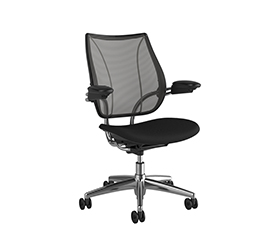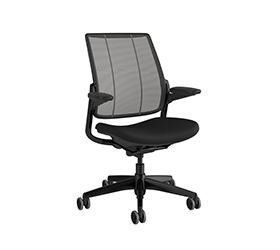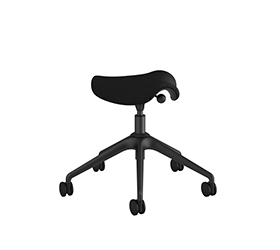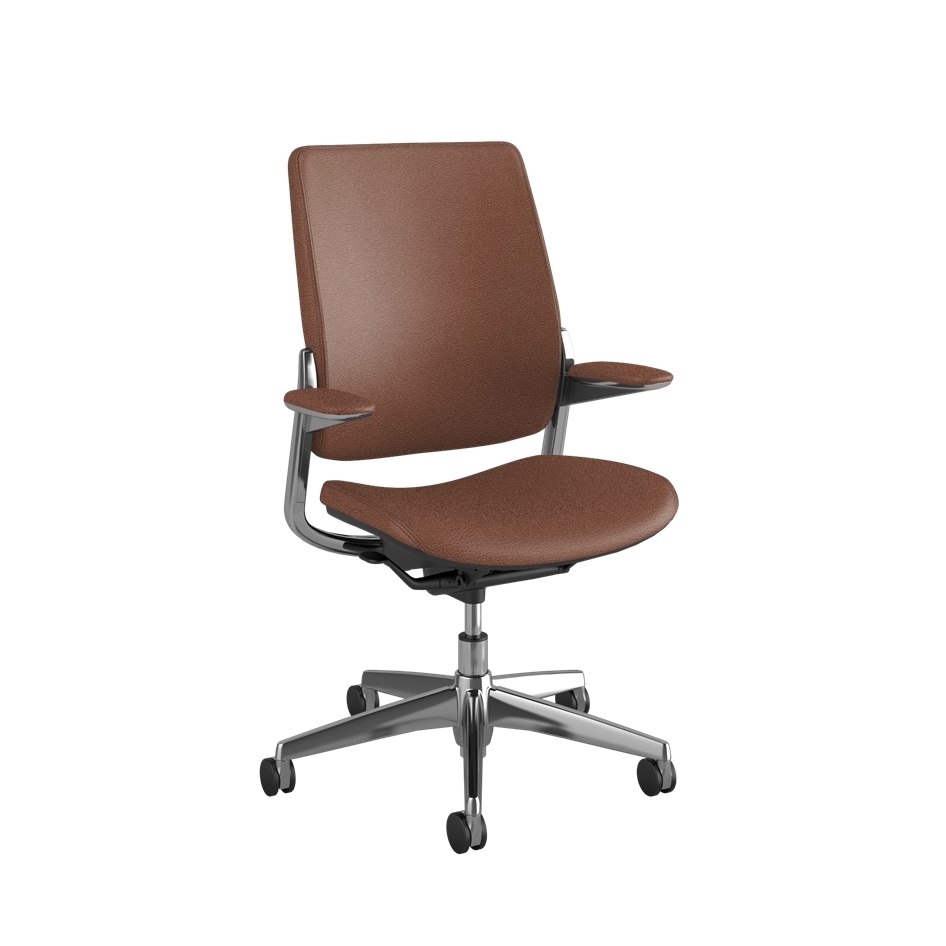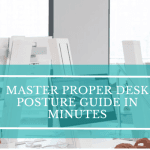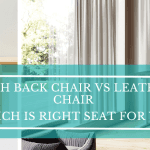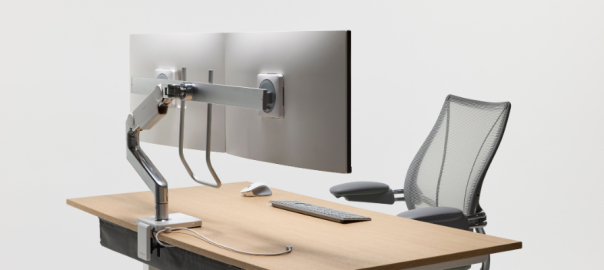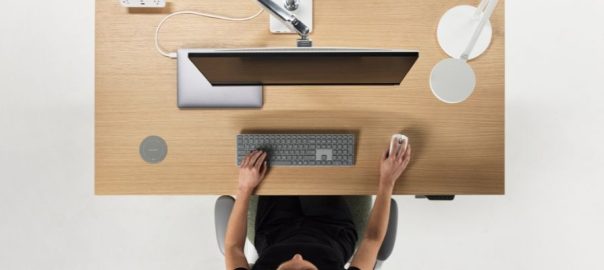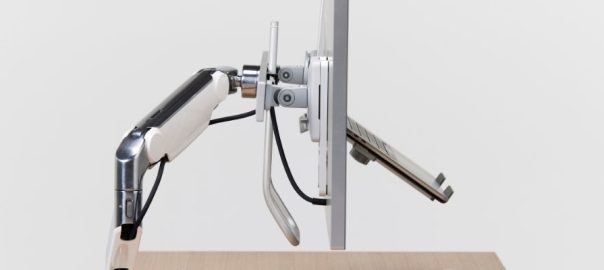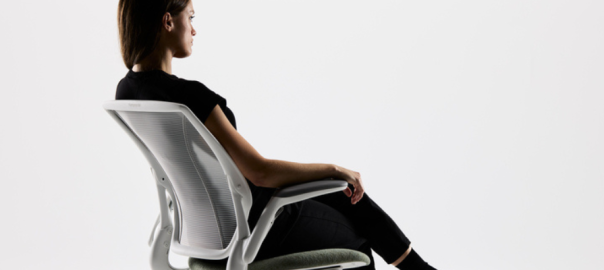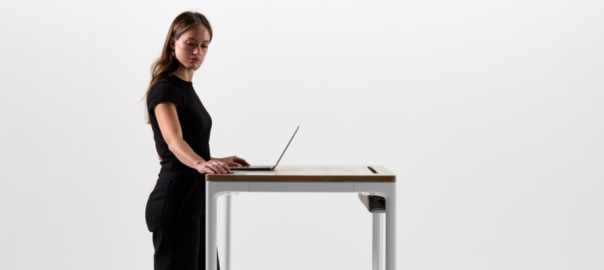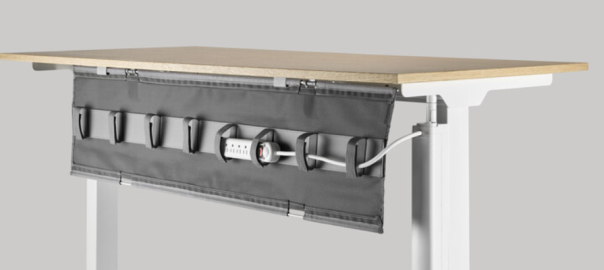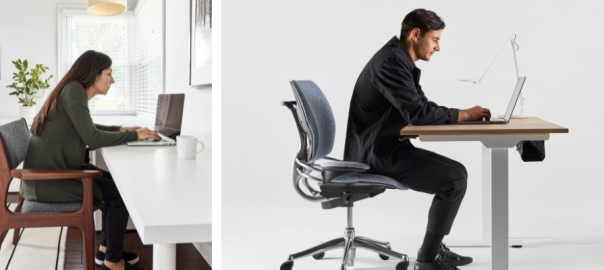Believe it or not, you likely spend more time in your work chair than on your cozy couch! However, if you spend at least 7-8 hours at your desk, you should give the office chair the attention it deserves.
Even now, people still have work-from-home (WFH) days occasionally or twice/thrice a week. Furthermore, we must admit that lounging on your bed or couch all day will inevitably result in body aches and discomfort. That’s why having an office chair for your workdays is more critical than ever.
The ideal office chair will help maintain proper posture while sitting and standing, prevent pain in the neck, back, and shoulders, and reduce pressure points. However, since you can find different types of office chairs on the market, purchasing the most suitable option can be pretty daunting.
This article will elaborate on various types of office chairs and the key factors to consider when buying the right one.
Different Types of Office Chairs
When choosing the right office chair, it’s important to understand the different types available. Each type offers unique features and benefits tailored to various needs and preferences. In this section, we’ll explore the most common types of office chairs, highlighting their key characteristics and ideal uses.
Ergonomic Chairs
As the average workday length increases and more jobs become sedentary, sitting for extended durations has become the norm. People may experience back pain, stiffness in the neck, and fatigue due to prolonged sitting sessions.2
Consequently, the growing awareness of workplace health among professionals led to the ergonomic trend, which created office chairs with a robust feature set. These ergonomic chairs are the ultimate solution to back pain and any other work-related health issue.
Ergonomic office chairs adapt to your needs, shapes, and movements. Whether you need more or less support or have a larger or smaller physique, these types of office chairs contain numerous adjustable components to accommodate multiple body types and postures. Some of them include lumbar support, seat height, armrest height, and backrest height.
Ergonomic chairs are specifically designed to promote correct posture and minimize the risk of musculoskeletal problems commonly experienced by sedentary employees.2
So, if you spend several hours a day working on your PC, you need an office chair with ergonomic functionalities. While these types of office chairs cost more, the extra money will save you from ergonomic hazards and associated medical expenses and chiropractor bills.
Task Chairs
Of all the different types of office chairs, Task chairs are the most common in workspaces. These all-rounder chairs provide basic adaptability and functionality, featuring adjustable height mechanisms, a five-star wheelbase, and a backrest to support natural posture during work sessions.
Task chairs are excellent for short work hours, for instance, 1-3 hours. However, beyond that, their limited posture support features will make them increasingly uncomfortable. If that describes your situation, you’d be better off spending the extra money on something more robust.
For professionals looking for a reliable and wallet-friendly seating option, task chairs check all the essential checkboxes. Moreover, the armless versions easily fit in space-efficient workplaces, encouraging natural wrist positions and productivity. As such, these types of office chairs are a popular choice among people with compact workspaces and shorter shifts.
Humanscale offers three notable Task chair options: the Freedom Task Chair, the Liberty Task Chair, and World One Task Chair each is designed to enhance comfort and efficiency in the workplace.
Executive Chairs
Executive office chairs are effectively souped-up versions of task chairs. They exude elegance and luxury, making them a staple for the upper rungs of the corporate ladder to signify their status. With towering backrests, plush upholstery, and padded armrests, executive chairs boast quality construction that conveys authority. That’s why they’re also called boss office chairs.
These types of office chairs are made from superior materials such as genuine leather and polyurethane (PU) foam and feature luxurious details. Lasting up for years, executive chairs provide customizable features like tilt mechanisms and adjustable heights that let you recline the chair. This helps improve blood circulation and prevent discomfort. This is the reason why are office chairs so expensive, especially in this category.
If you prioritize style and aren’t concerned about the budget, these types of chairs for the office should be on your radar. Not only are executive chairs better from an aesthetic perspective, but they’re also more comfortable and supportive and combine all the best features of other types of office chairs.
Mesh Chairs
Are you tired of sweating and discomfort from sitting in a leather chair for long hours, especially during the summer months? If so, consider the refreshing option of a mesh chair. These types of chairs for offices are known for their modern and minimalist design.
Mesh office chairs contain a breathable, net-like fabric that allows unrestricted airflow and keeps you cool. Thanks to their breathability, these pieces of furniture don’t absorb water or moisture, so you stay comfortable, even during extended work sessions. Needless to say, mesh chairs are an excellent option for people working at high mercury levels.
These types of office chairs are easy to maintain. If you spill your drink or food on the mesh chair, you can easily wipe the spillover off and dry it under the sun. However, mesh office chairs don’t provide as much cushioning as upholstered chairs with padding. Additionally, some models might have limited customization features for individual comfort preferences.
Saddle Stools
Saddle stools/ergonomic stools are types of office chairs that mimic a horse saddle. These ergonomic products have no backrest and let you sit in a natural posture with your legs apart—forming an angle of 135o—and your knees lower than your hips. However, some models come with a saddle-shaped backrest.
When you sit on a saddle stool, your legs are free to move. Moving about, turning around, and reaching out for things becomes easy, fast, and safe—almost gymnastic. A saddle stool’s ergonomically sound design promotes a more natural sitting posture, with an open hip angle and a forward bend. Moreover, the open hip angle prevents venous pooling and improves overall blood circulation.3 Saddle stools are perfect for those suffering from back pain and muscle strain.
Path Chair
The path chair is an workspace office chair designed by Humanscale, a company known for focusing on ergonomic and climate-positive furniture. Unlike many chairs that require adjustments to fit multiple body types, the path chair uses a patented Gravity Mechanism™. This mechanism uses gravity and your weight instead of bulky knobs and levers.
For instance, when you recline, the chair smoothly lifts, so your body acts as a counterbalance to it. In other words, this ergonomic office chair moves entirely in sync with you. Humanscale’s path chair optimally supports 95% of unique physiques without manual adjustments, making it body-inclusive.4
Besides, the path chair offers self-adjusting lumbar support and a tailored fit for individuals of all weights and heights.
Headrest Chairs
For those who spend long hours working at their desks and crave additional neck and head support, headrest chairs are a fantastic option. These types of office chairs feature an adjustable headrest that can be positioned to cradle your head and neck, promoting proper posture and reducing strain on these crucial areas.
Who can benefit most from headrest chairs?
- Individuals who work long hours at their desks
- People who tend to slouch or hunch while sitting
- Those who suffer from neck or shoulder pain
- Anyone who desires additional comfort and support
Factors to Consider When Choosing an Office Chair
With a solid understanding of the different types of office chairs available, you’re well-set to make an informed decision. Consider these factors to experience the benefits of ergonomic chairs to the fullest:
Body Type and Size
Look for the types of office chairs with sufficient seat width and height to accommodate your specific build. For instance, taller people need chairs with higher seat heights and backrests to properly support their legs and backs. Conversely, shorter individuals need chairs with adjustable features to ensure their feet rest flat on the floor and their arms rest naturally on the armrests (if present). Similarly, wider seats are perfect for people with broader frames.
Sitting Posture
If you fidget and move around frequently, an workspace office chair with a rocking mechanism or a kneeling chair could be a good choice. If you sit for longer work sessions, prioritize adjustability and ergonomic features.
Look for a chair with good lumbar support, a comfortable seat pan that distributes pressure evenly, and padded armrests to decrease strain on your arms and shoulders. You can also consider headrest chairs for extra comfort during long stretches.
Material and its Breathability
Office chairs come in diverse upholstery and construction, so you’ll have a slew of alternatives to evaluate. Breathable, high-quality fabric boosts comfort by keeping your back ventilated, while leather provides a sophisticated, luxurious look sure to impress colleagues and clients. Adequate padding in the seat and backrest is paramount for prolonged use. Moreover, office chairs with memory foam or high-density cushioning offer additional support. Considering these factors enhances your productivity and well-being throughout the workday.
Level of Adjustability
Adjustability is among the must-have features in high-quality ergonomic chairs. The more adjustable the office chair, the better you can customize it to your specific needs. Look for a chair that lets you adjust the lumbar support, seat height, tilt, and armrest positions to suit your body and tasks.
Budget
Cost still dominates when choosing from the different types of office chairs. Set your budget before you start shopping so you can narrow down your options. While it’s tempting to buy the cheapest option, remember that a well-built ergonomic chair is an investment in your health and work productivity. So, better find a balance of cost efficiency, features, and material durability.
Conclusion
Finding the best type of chair for the office goes beyond a comfortable seating solution. The right materials can take care of your health and productivity, and adjustability options can tailor the chair to your body for optimal comfort. By considering your body type, work style, and budget, you can filter out the options and choose a chair that offers the maximum benefits of ergonomics in the workplace. All it takes is a little research and effort.


